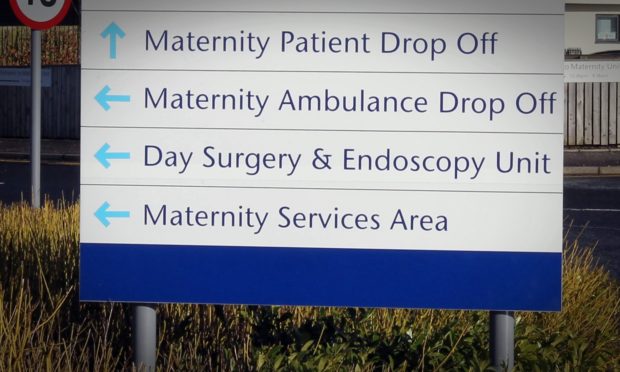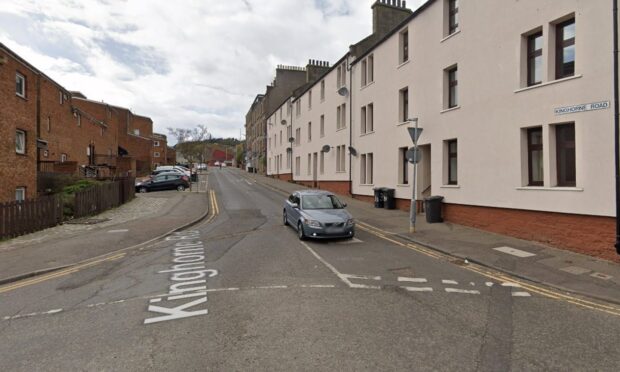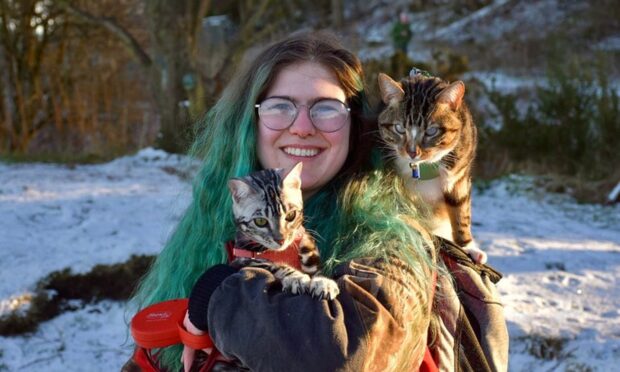It has previously had an unfortunate reputation as the teenage pregnancy and abortion capital of Scotland.
Now Tayside is shaking off this image, as the latest figures show a year-on-year decrease in underage abortions over the past five years.
In 2016,13 girls under 16 in the region opted for a termination – nearly half as many as in 2011, when the number was 24.
The highest number of teenage abortions in 2016 was in Fife, where the number was 144, followed by Dundee (89).
Perth and Kinross had 52, while Angus had the lowest number at 32.
The statistics showed a consistent link between deprivation and abortion rates.
A report prepared for the Information Services Division explained: “In general, termination rates are highest in urban east coast boards (NHS Fife, NHS Lothian and NHS Tayside) and lowest in the island and the more rural boards of mainland Scotland.
“There continued to be a strong association between deprivation and termination rates.
“While rates across the deprivation groups have generally been decreasing or remained relatively stable, since 2013 a widening gap has been evident between women from the most and least deprived areas.”
Tayside has the highest overall rate of abortions for all age groups in Scotland at 13.6 per 1000 women aged 15-44, compared to a Scottish average of 11.6.
The region also had the highest rate of repeat abortions.
Rachel Macdonald of Alternatives Dundee, a charity supporting women through pregnancy and/or termination, said: “Finding out you’re pregnant when you’re a teenager can be very daunting, particularly if the pregnancy wasn’t planned.
“Alternatives Dundee welcome the decline of pregnancy in the under 16s in Tayside. There are likely to be a number of factors which have contributed to this decline.
“Alternatives Dundee Youth support are amongst a number of Dundee agencies offering support to young people that goes beyond sex education focusing on emotional wellbeing and self-esteem.
“We believe that when young people feel confident in who they are they are more likely to make safe sexual choices.
“Alternatives Dundee support women who have experienced abortion.
“Some women struggle to cope emotionally, especially if they felt pressured by circumstances to make their decision.
“Making a decision about a pregnancy is always very difficult and it is vital that women are supported to make the decision that is right for them.”
A spokeswoman for NHS Tayside explained that reducing health inequalities was a priority for the health board.
NHS Tayside Executive Lead for sexual health and Blood Borne Virus Mrs Ann Eriksen said: “The contributing factors for abortion are complex however it is well established that abortion is more common in the most deprived populations and, as Dundee has some of the most deprived populations in Scotland, we can expect higher rates of abortion than in other areas.
“Reducing health inequalities and ensuring access to appropriate care for those at highest risk is a priority for NHS Tayside.
“We have a number of programmes in place to prevent unplanned pregnancy.
“We provide information and education for women about the range of contraception options available to them and highlight the most effective forms of contraception such as sub-dermal implants and the coil.
“NHS Tayside continues to work with our partners including the local authority, the voluntary sector, primary care and specialist services in taking a multi-faceted approach to address the complex contributing factors which result in abortion.
“We are working to improve relationships, sexual health and parenthood education as well as access to long acting and emergency contraception within a range of settings.
“We have also taken steps to make it easier for women to access contraception through their GP, in sexual health services and in young people’s services such as The Corner in Dundee.
“Tayside has already seen successes in improving sexual health outcomes and has seen the greatest decline in teenage pregnancies of all Scottish health boards, and teenage conception rates in Tayside now sit below the national average.”










